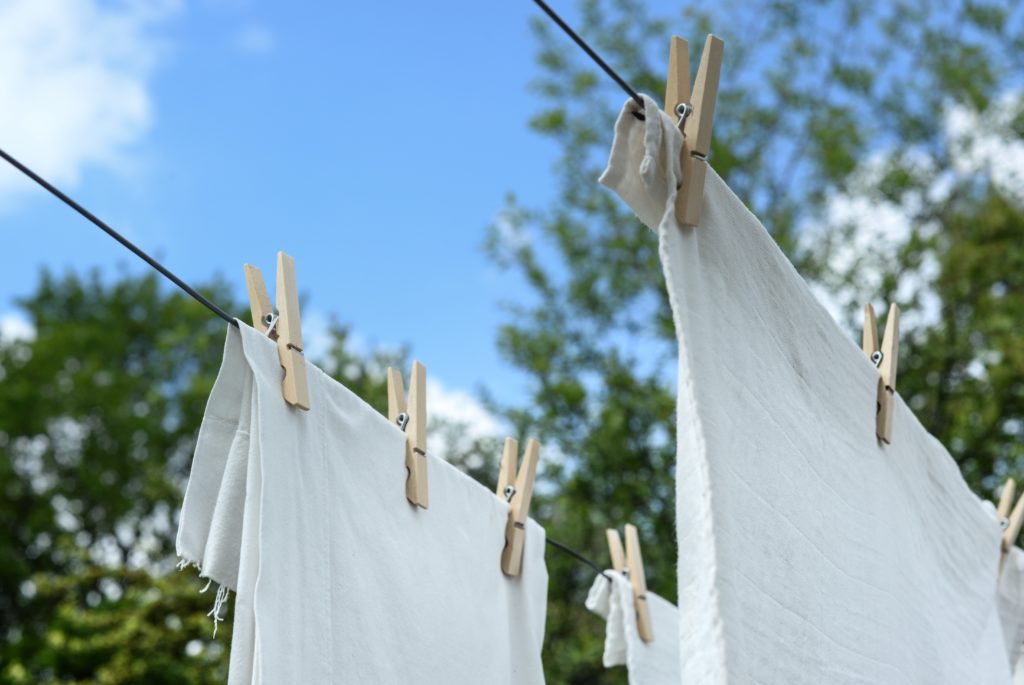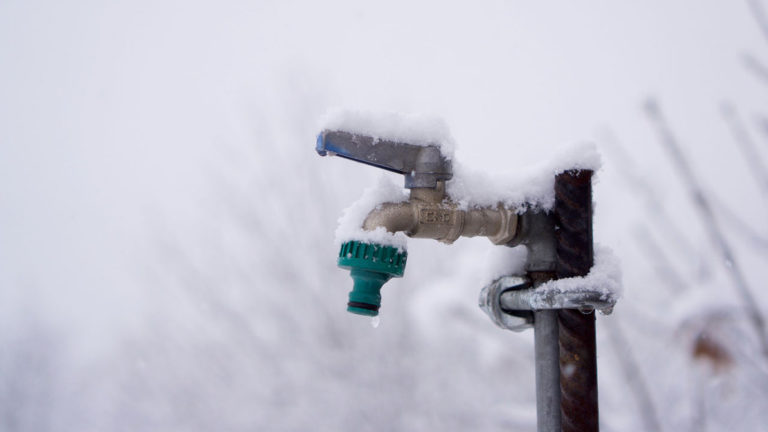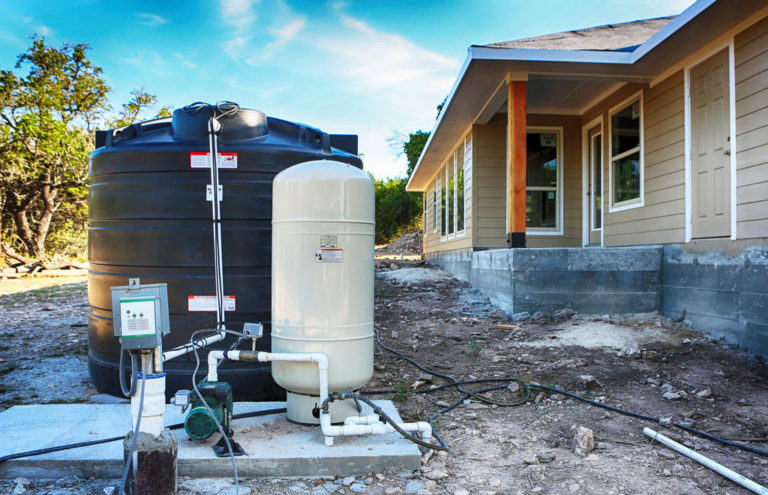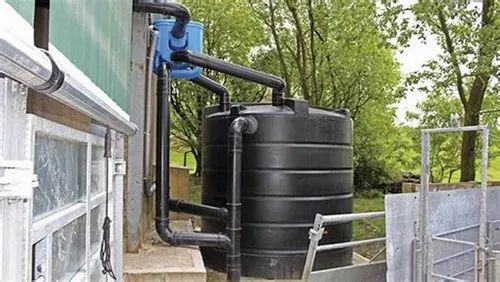Are you tired of paying high utility bills for your indoor laundry system?
Do you want to reduce your environmental footprint by using natural fiber clotheslines and sustainable graywater?
Look no further!
With a few simple steps, you can create your own outdoor laundry system that is not only cost-effective but also eco-friendly.
We will explore the benefits of using graywater and natural fiber clotheslines for your laundry needs, as well as provide step-by-step instructions on how to set up your own outdoor laundry system.
By the end of this post, you’ll be able to create a functional and sustainable laundry solution that will save you money and help protect our planet for generations to come.
So let’s get started!
Assess your water needs
Determine how much graywater you need to collect and use for your laundry system. Consider factors such as the number of people in your household, your laundry needs, and the climate you live in.
Factors such as the number of people in your household, your laundry needs, and the climate you live in will all play a role in determining how much graywater you need to collect and use.
For example, if you live in a hot and dry climate, you may need more graywater to wash your clothes, while if you live in a cool and wet climate, you may need less.
If you have a large household with multiple people, you will need more graywater to accommodate their laundry needs.
To accurately assess your water needs, you should consider the amount of laundry you do on a regular basis, as well as any specific cleaning or sanitizing needs you may have.
By taking these factors into account, you can determine the right size of your graywater system and ensure it meets your household’s needs.
Install a graywater collection system
Install a system that collects graywater from sinks, showers, and washing machines. This can be done using a network of pipes and collection tanks.
Installing a graywater collection system can be an excellent way to conserve water and reduce wastewater generation in your home.
A graywater collection system involves a network of pipes and collection tanks that capture and store graywater from sinks, showers, and washing machines.
Graywater is the wastewater generated from these sources, excluding toilet wastewater, which can be safely reused for irrigation and other non-potable purposes.
To install a graywater collection system, you will need to first identify the sources of graywater in your home.
Sinks, showers, and washing machines are common sources, but you may also consider installing graywater collection systems in your laundry room and near any other water-using appliances.
Once you have identified the sources, you can install a network of pipes that transport the graywater to a collection tank.
This tank can be placed either underground or above ground, depending on your preference and the layout of your property.
Once the graywater is collected in the tank, it can be stored and reused for irrigation and other non-potable purposes.
You can connect the collection tank to a drip irrigation system, which delivers water directly to the roots of your plants, or use a hose to distribute the water as needed.
By installing a graywater collection system, you can reduce your home’s water consumption by up to 50%, while also reducing the amount of wastewater that enters the sewer system.
Installing a graywater collection system can qualify you for incentives and rebates from local water agencies, making it an affordable and beneficial investment for your home.
Use a sedimentation tank
Include a sedimentation tank in your graywater collection system to remove any solid waste and debris from the water. This will help ensure that the water is clean and free of contaminants.
To ensure the water collected from your home’s graywater system is clean and free of contaminants, it’s essential to include a sedimentation tank in your design.
This tank is specifically designed to remove any solid waste and debris from the water, providing a critical barrier against pollutants that can damage the environment or pose health risks.
The sedimentation tank functions by allowing the water to flow slowly through the tank, giving any suspended particles or debris ample time to settle to the bottom.
As the water flows through the tank, any solid materials that are too large to pass through the tank’s filter will settle at the bottom, while smaller particles and impurities will be captured by the filter.
This results in cleaner water that is ready to be reused or safely discharged into the environment.
By incorporating a sedimentation tank into your graywater collection system, you can be confident that your water is safe for use in irrigation, toilet flushing, or other non-potable applications.
The sedimentation tank can be designed to provide an additional benefit – waste sludge can be removed and further treated for use as fertilizer or soil amendments.
This can help reduce waste disposal costs and provide a valuable resource for your garden or landscape.
Overall, a sedimentation tank is a critical component of any graywater collection system, providing an essential layer of protection against contamination and ensuring the water is clean and safe for reuse.
Use a biological treatment system
Incorporate a biological treatment system, such as a wetland or a sequence of ponds, to further treat the graywater and remove any remaining contaminants.
Biological treatment systems are a great addition to graywater reuse systems.
Wetlands and sequential ponds are effective examples of biological treatment systems that can further treat graywater and remove any remaining contaminants.
The plants and microorganisms in these systems work together to break down and degrade organic matter and pathogens, producing clean and safe graywater for reuse.
When designing a biological treatment system, it is important to consider factors such as hydraulic retention time, waste loading, and water temperature to ensure proper treatment and system performance.
Regular monitoring and maintenance of these systems is necessary to ensure optimal function and prevent the growth of harmful pathogens or vegetation.
With the right design and maintenance, a biological treatment system can be a reliable and effective component of a graywater reuse system.
Connect to a clothesline
Once the graywater has been treated, connect it to a natural fiber clothesline. This can be made from materials such as hemp, bamboo, or cotton.
Connecting your treated graywater to a natural fiber clothesline is an excellent way to make use of this valuable resource.
Clotheslines made from materials like hemp, bamboo, or cotton are perfect for this purpose, as they are breathable, allowing air to circulate and help evaporate any excess moisture in the fabric.
This will not only help to dry your clothes more quickly and naturally, but it will also reduce the amount of energy needed to heat the water for your laundry.
Using a natural fiber clothesline instead of a plastic or metal one can help to reduce your carbon footprint and contribute to a more sustainable future.
To set up your clothesline, simply attach the treated graywater hose to the clothesline and position it in a spot where it can be easily accessed and where the fabric can hang freely.
With this simple step, you’ll be able to take advantage of the benefits of graywater irrigation while also reducing your impact on the environment.
Use a clothesline pulley system
Install a clothesline pulley system to easily move the clothesline and facilitate drying. This can be powered by a solar-powered winch or a hand crank.
Installing a clothesline pulley system is an excellent solution for effortlessly moving the clothesline and enhancing the drying process.
This system can be powered by either a solar-powered winch or a hand crank, both of which are reliable and eco-friendly options.
The pulley system consists of a series of wheels and pulleys that allow the clothesline to slide smoothly along the rails, making it easier to dry clothes without straining your back or using unnecessary energy.
Moreover, a clothesline pulley system can be designed to accommodate various types of clotheslines, including retractable lines, tension lines, and freestanding lines.
The system can also be adjusted to accommodate different terrain and space constraints, such as installation on a slope or in a small backyard.
By using a clothesline pulley system, you can save time and energy while drying your clothes, and you’ll also enjoy the fresh, outdoor scent of your clothesline-dried laundry.
Using a pulley system can help extend the life of your clothesline and reduce the risk of damage or breakage, especially if you live in an area with high winds or extreme weather conditions.
Overall, investing in a clothesline pulley system is a smart and practical solution for anyone looking to simplify their laundry routine while also saving money and resources.
Incorporate a drying rack
Consider incorporating a drying rack into your system for added flexibility and versatility. This can be especially useful for delicate items or items that require additional drying time.
Incorporating a drying rack into your laundry system can provide added flexibility and versatility, especially for delicate items or items that require additional drying time.
A drying rack allows you to dry your clothes without the heat of a dryer, which can be gentler on fabrics and help to preserve their color and texture.
A drying rack can be used to dry clothes that are too delicate for a dryer, such as lingerie or hand-washed items.
With a drying rack, you can customize your drying settings based on the specific needs of your clothes, ensuring that they come out looking their best.
Moreover, a drying rack takes up less space than a traditional dryer, making it an ideal option for those with limited laundry space.
By incorporating a drying rack into your laundry system, you can save time, money, and space while also ensuring that your clothes are dry and fresh.
Use a rainwater harvesting system
Consider integrating a rainwater harvesting system into your outdoor laundry system. This can provide additional water for washing and help reduce your reliance on municipal water supplies.
By integrating a rainwater harvesting system into your outdoor laundry setup, you can not only reduce your reliance on municipal water supplies, but also collect and store free, clean rainwater for use in washing your clothes.
This can be especially beneficial during periods of heavy rainfall, when your rainwater collection system can fill up quickly and provide a reliable source of water for laundry day.
Using rainwater can help to conserve municipal water supplies, which can be especially important in areas where water is scarce.
Furthermore, a rainwater harvesting system can also provide an opportunity to learn about and engage with the natural water cycle, fostering a greater appreciation for the interconnectedness of our planet’s resources.
Overall, incorporating a rainwater harvesting system into your outdoor laundry setup is a simple yet effective way to reduce your environmental footprint and save money on your water bills.
Want More? Dive Deeper Here!
Hey there! If you’re the type who loves going down the rabbit hole of information (like we do), you’re in the right spot. We’ve pulled together some cool reads and resources that dive a bit deeper into the stuff we chat about on our site. Whether you’re just killing time or super into the topic, these picks might just be what you’re looking for. Happy reading!






